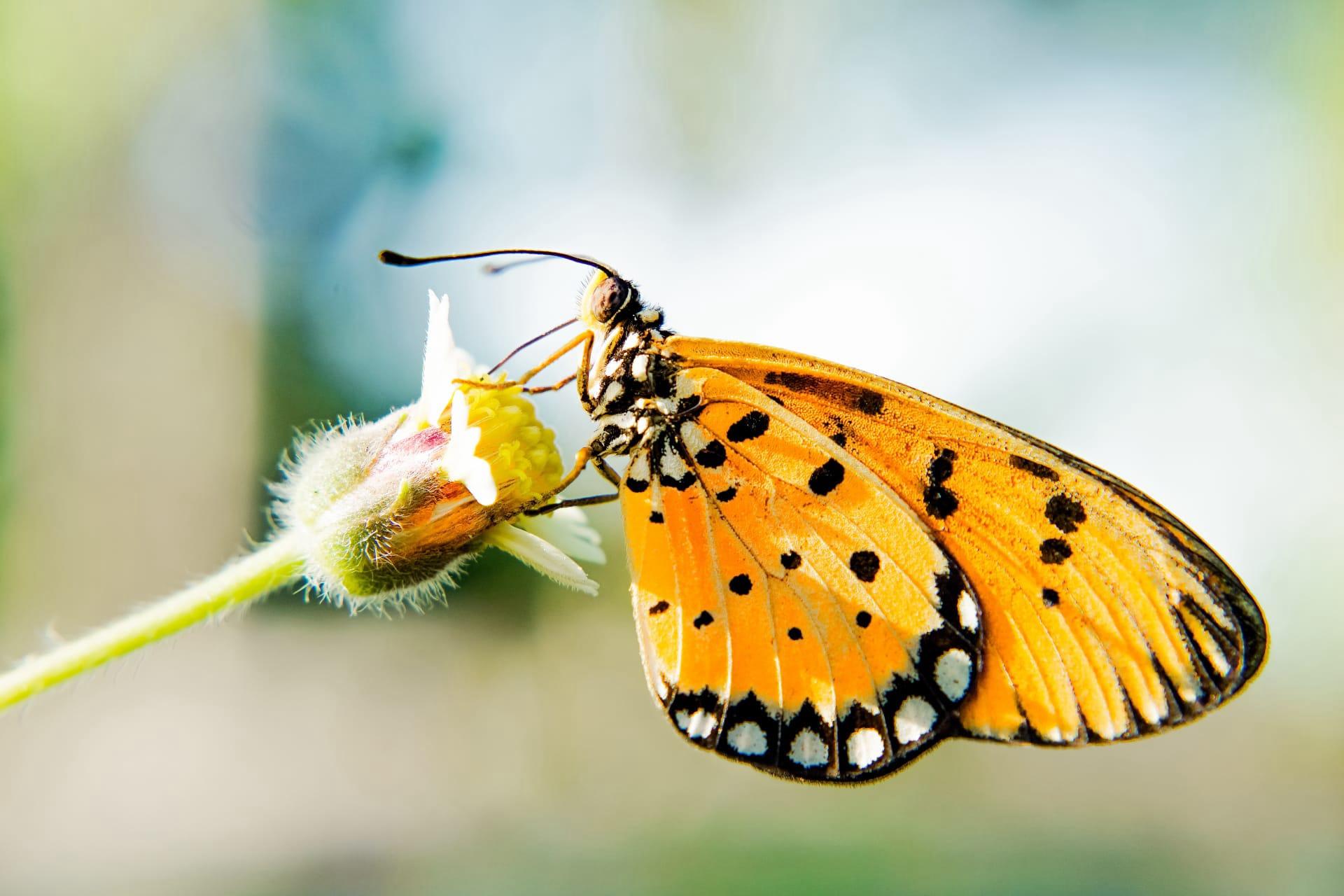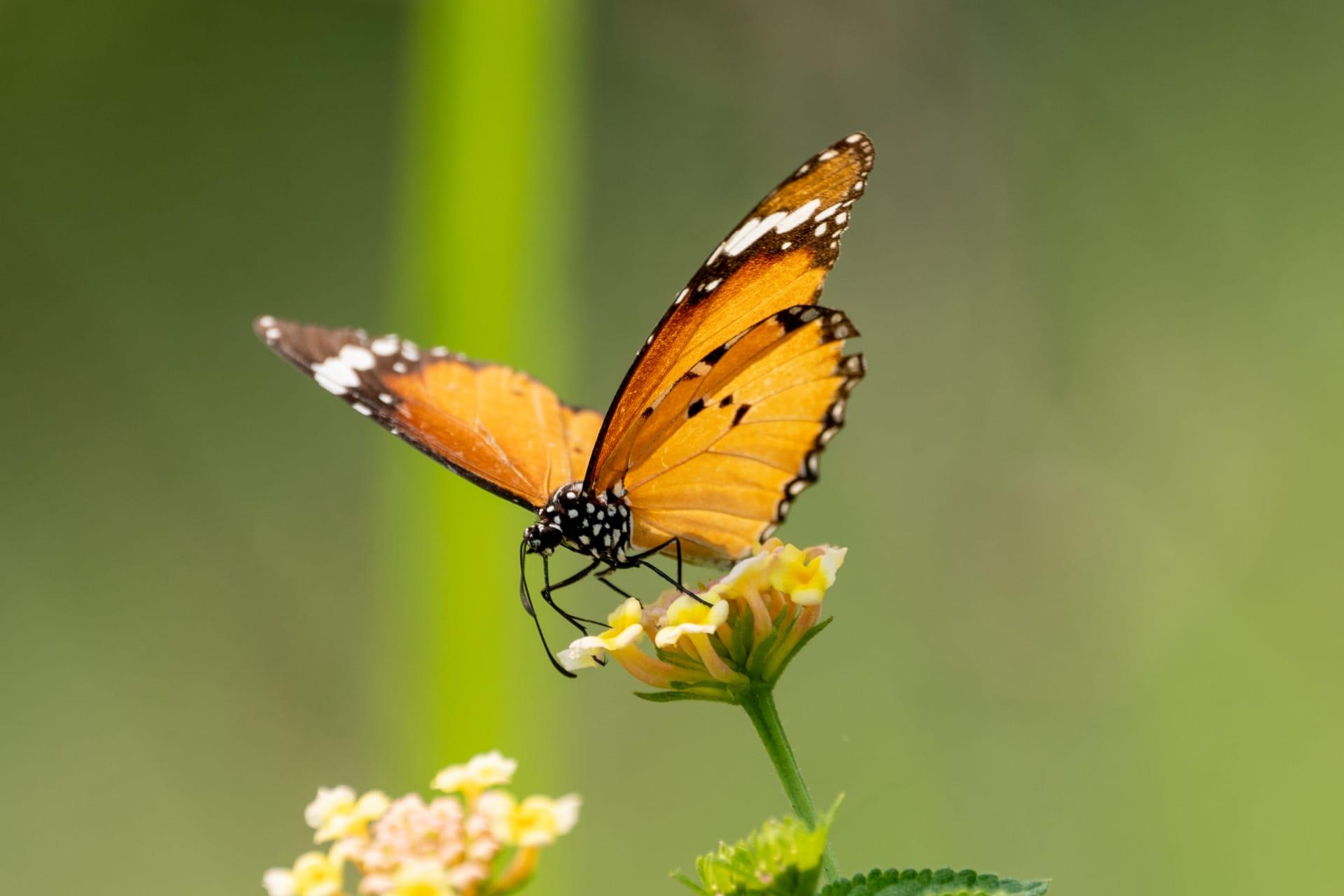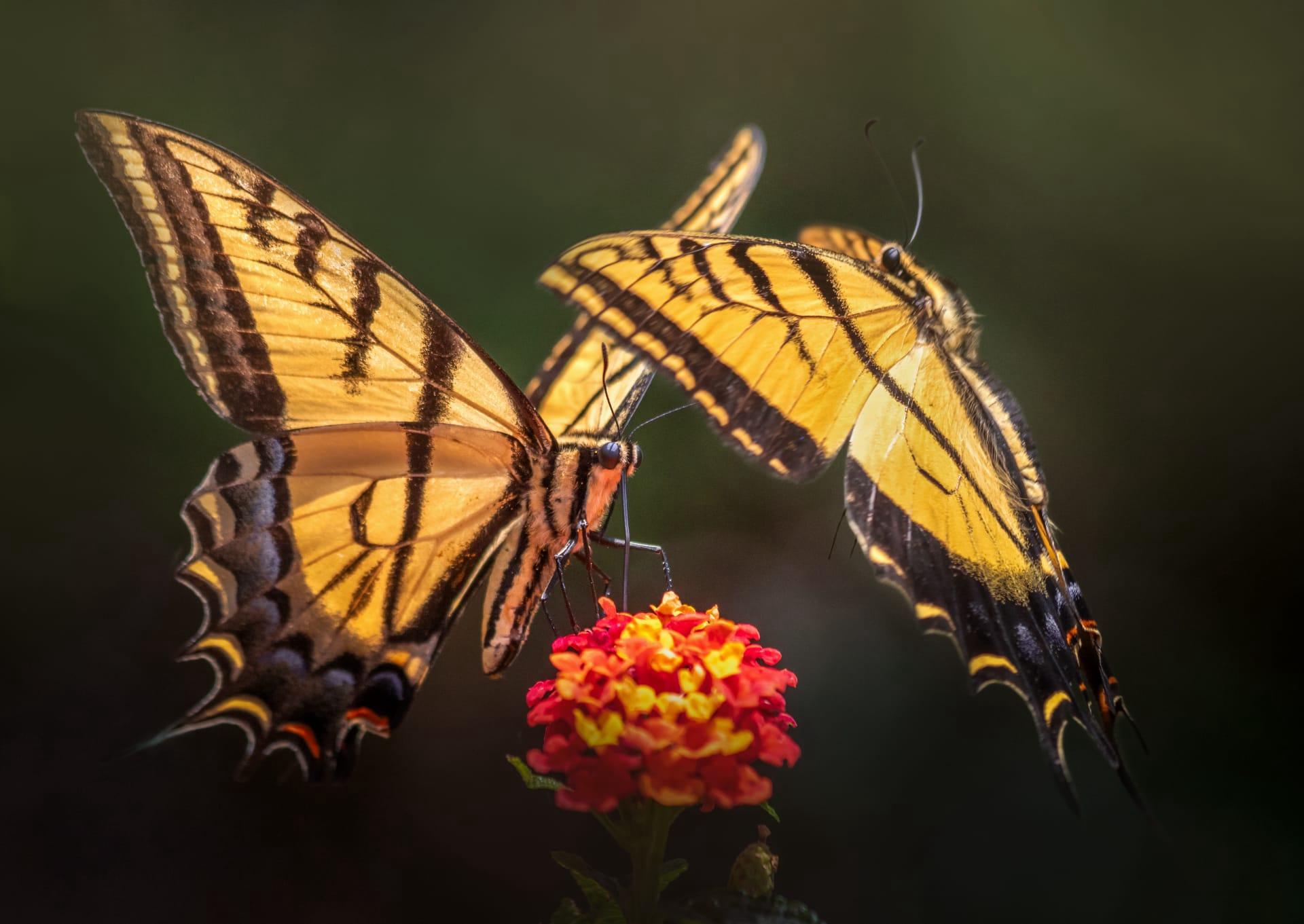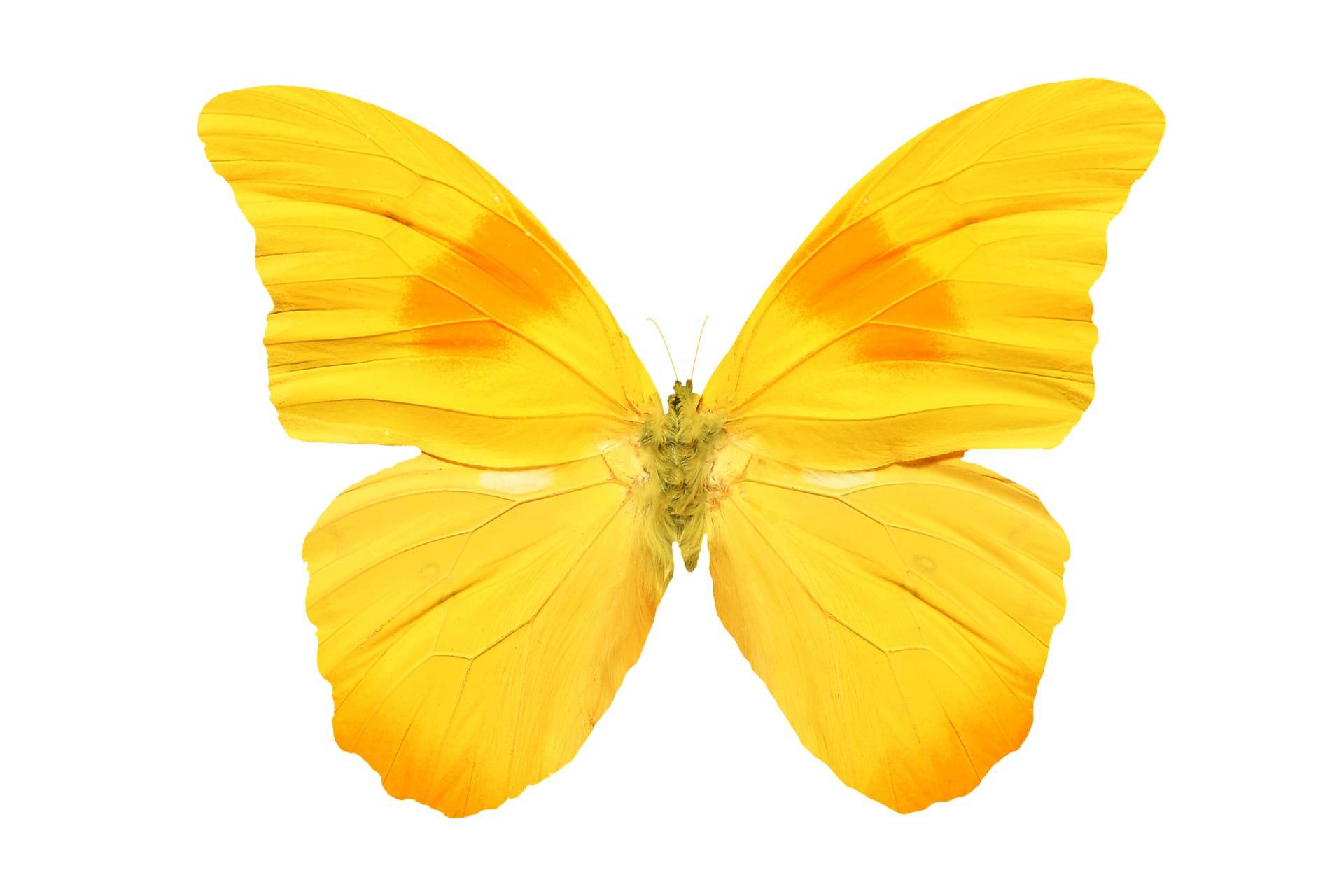Yellow Butterfly Trivia
- Home /
- Trivia Question /
- Animal /
- Yellow Butterfly Trivia
1
Question: What causes the vibrant yellow coloration in yellow butterflies?
Answer: The stunning yellow color of these butterflies is due to pigments and the structure of their wing scales. These scales contain pigments like lutein, a common pigment also found in egg yolks and marigolds, which contribute to the yellow hue. Additionally, microscopic structures on the scales reflect light in a way that amplifies this color, making it vividly stand out in nature.
Question: How long is the lifespan of a yellow butterfly?
Answer: The lifespan of yellow butterflies, like many other species, varies depending on the species and environmental conditions. On average, adult yellow butterflies live for about 2-4 weeks. However, this is just a small part of their life cycle which also includes the egg, larva (caterpillar), and pupa stages, extending their total lifespan to around 6-8 weeks from egg to the end of the adult stage.

2
Question: Is it true that touching the wings of a yellow butterfly can cause harm to it?
Answer: This is a common misconception. While it's not ideal to handle butterflies excessively, touching their wings gently does not necessarily harm them. Butterfly wings are covered with scales, and excessive touching can remove some of these, potentially affecting their flight. However, a light, careful touch is unlikely to cause significant damage.
Question: Do yellow butterflies only feed on yellow flowers?
Answer: No, this is a myth. While it might seem that yellow butterflies would prefer yellow flowers, their feeding habits are not color-specific. They feed on nectar from a variety of colored flowers. Their preference for flowers depends more on the flower's shape and the nectar it offers rather than its color.

3
Question: Can yellow butterflies see colors?
Answer: Yes, yellow butterflies, like many other butterfly species, have color vision. They can see a range of colors, which is crucial for locating food sources and mates. Interestingly, their color perception includes the ultraviolet spectrum, which is invisible to humans, allowing them to see patterns on flowers that we cannot.
Question: How far can yellow butterflies migrate?
Answer: Some species of yellow butterflies, like the Cloudless Sulphur, are known for their impressive migratory behaviors. These butterflies can migrate over distances of up to 2,000 miles. Their migration is typically influenced by seasonal changes and the search for optimal breeding grounds and food sources.

4
Question: Are yellow butterflies active at night?
Answer: Generally, yellow butterflies, like most butterfly species, are diurnal, meaning they are active during the day. Their activities include feeding on nectar, mating, and laying eggs. At night, they usually rest or roost in safe, concealed locations like under leaves or in crevices.
Question: What role do yellow butterflies play in the ecosystem?
Answer: Yellow butterflies play a vital role in ecosystems as pollinators. While feeding on nectar, they inadvertently transfer pollen from one flower to another, aiding in plant reproduction. They also serve as a food source for other species like birds and small mammals, contributing to the biodiversity and health of their habitats.

5
Question: Do yellow butterflies have natural predators?
Answer: Yes, yellow butterflies have several natural predators. These include birds, spiders, and even other insects like wasps and ants. The bright yellow coloration of some species can serve as a warning signal to predators that they might be toxic or unpalatable, a survival strategy known as aposematism.
Question: How do yellow butterflies regulate their body temperature?
Answer: Yellow butterflies, like other butterflies, are ectothermic, meaning they rely on external sources of heat to regulate their body temperature. They bask in the sun to warm up and may adjust the angle of their wings to control the amount of heat absorbed. On colder days, they tend to be less active and may seek shelter to conserve warmth.